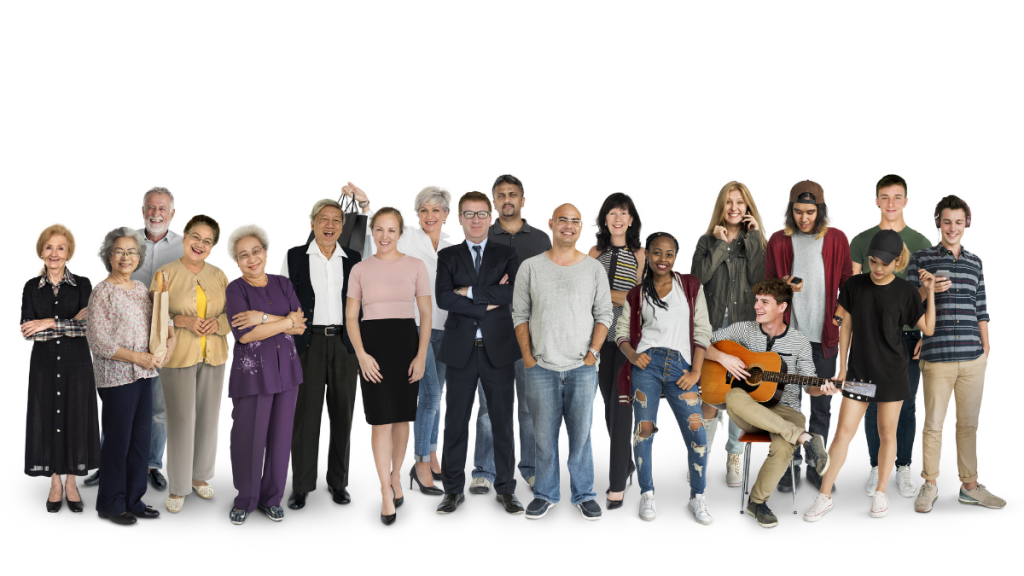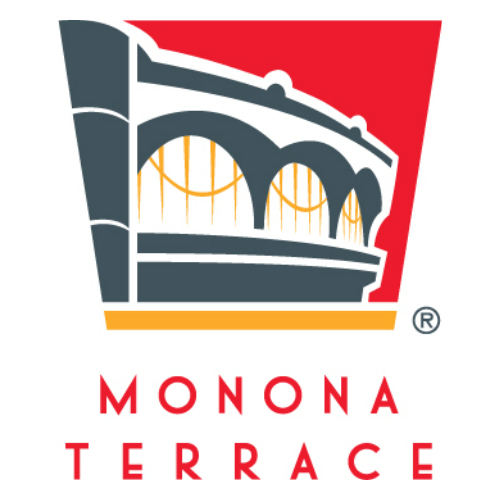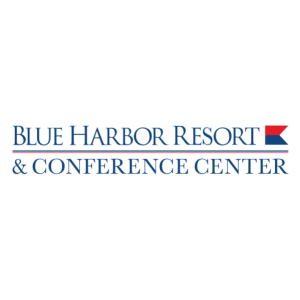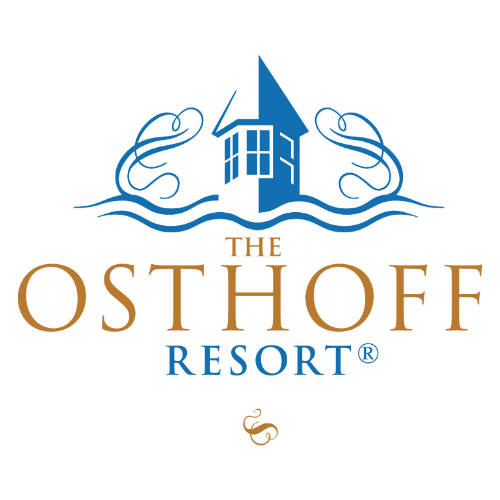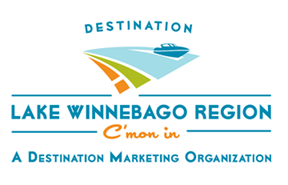How to Market to Multiple Generations
07/17/2023
By Ronnie Wendt
What do generational characteristics have to do with marketing a meeting or event? Plenty. The days of one-size-fits-all marketing campaigns are gone. Differing experiences and ideals shape each generation’s response to marketing messages. Marketing to multiple generations requires understanding generational differences and employing marketing tactics that speak to those differences.
Buddy Hobart, founder and president of Solutions 21, a firm specializing in next-generation leadership, strategic planning and organizational enablement, studies generational differences. There are currently three generations in the workforce, he says, and each has different expectations for events.
Baby Boomers, ages 55 to 73, seek to socialize, network and connect with new products and ideas. But Generation X, ages 39 to 54, are loyal to brands, prefer to purchase online and want to know what’s in it for them. Millennials, ages 24 to 38, seek a personalized experiential event. “They need to know what justifies traveling to an event. What can the event offer that they cannot get behind a computer?” Hobart asks.
Marketing efforts must address these unique expectations, he adds.
“When you think about the people around you in various age demographics, you note they have a variety of needs, wants and income levels,” according to Peggy Gunderson, president of Strategic Brand Marketing.
She says her organization develops a persona for each age group, then markets to that persona, explaining, “We create characters for the age demographic we hope to reach. For example, Joey Jogger may be an athletic 34-year-old and new homeowner who loves music and travel. Doing this helps us create campaigns with the individual in mind.”
Scott Rippe, president of Market Crafters, suggests starting by developing a solid understanding of your meeting or event goals, and attendee needs. He says, consider:
- Whom are you trying to reach?
- What message do you want them to remember?
- What action do you want them to take?
- How can you measure the actions taken (or not taken)?
Contemplate Communication Channels
Next, consider the best communication channels to reach the target audience. In an article entitled, “How to Market to Different Generations: A Step-by-Step Guide,” Business Clan, a business consultancy, delineates the best communication channels for each generation:
- Baby Boomers respond best to traditional media, i.e., mail, television, phone calls and simple uses of technology.
- Generation X, meanwhile, fully embraces digital media and is almost as present on social media as Millennials. But where they hang out online differs. Facebook is the social hub for Generation X, but they also respond well to email marketing. This group prefers online convenience, email registration and access to online presentations.
- Millennials spend the most time on social media, favoring Facebook, Instagram, Twitter and Snapchat. They prefer personalized messages and appreciate digitally driven offers.
- Generation Z, ages 12 to 24, is now entering the workforce. This generation prefers digital offerings, online registration, email communication and unique, active experiences.
But these are just arbitrary rules of thumb. It’s also vital to consider attendee preferences, Hobart adds. An extremely high-tech audience may prefer digital marketing on social media even if the predominant age group is over 40, for instance.
Also, while the above generalities can guide messaging, they no longer have the influence they once did. “Not long ago, the general approach was to target young people through digital channels and older people through mass media. The gap is now narrowing considerably as the age 60 and older demographic becomes more comfortable with digital spaces, social channels and even streaming services,” Hobart says. “As time goes by, strategies are becoming more similar as we close the digital divide.”
Still, “identifying the proper mix of communication channels remains the biggest variable between demographic target segments,” says Rippe. “Different people consume media differently with various levels of loyalty and habitual behavior. It’s important to remember that demographic means many things: age, gender, ethnicity and culture.”
Other considerations also apply. “Psychographics, often referred to as qualitative data, and geographics are also important,” Rippe continues. “Psychographic data deals in commonalities (for instance, if I’m trying to reach wealthy homeowners) and geographics refers to high concentrations of the target audience.”
Customize the Content
The next step is to minimize “waste in the marketing expense” by “crafting different messages and calls to action for the various demo/ psycho/geo-graphic segments,” Rippe says. “In a perfect world, you create custom content for each different channel because each channel performs better in certain spaces, such as photo-heavy content for Instagram, shareable content on Facebook, thought leadership content on Twitter, industry expertise on LinkedIn, etc.”
Create custom content for each demographic, too, adds Gunderson. “Using the characters we create, we might use the same product photo or video, but our text varies depending on which particular age group to whom we’re speaking,” she says. “By creating exclusive custom content, we build a bond with the viewer that this is not an ad. We are building a relationship through honest and direct content.”
Rippe suggests using custom content for lead capture, but emphasizes that successful marketing campaigns also rely on across-the-board content that is brand- or offer- based as well. “A mix is important. A good helping of branding content makes proprietary content more effective because the audience develops trust in the messenger,” he concludes.
Moreover, content type matters when reaching varied demographics. Infographics, videos, photos, checklists, trivia, polls and TikTok loops are all effective ways to communicate, depending on the demographic. “The more variety the better,” Rippe adds. “Plus, you can assess engagement over time and slowly tailor your content.”
“Often, planners market the keynote speaker. While that’s great and may appeal to a Baby Boomer, younger generations may think, ‘I can watch a TED Talk to get that information,’” Hobart says. But if the event also offers a Q&A with the keynote speaker, “That’s something they cannot get behind a computer. The expert can mentor and lead them in real time.”
For Baby Boomers, content might say, “connect with old friends” or “see the latest innovations.” “Those things still have value to the older generation of workers,” he says.
Younger generations crave belonging and value being able to contribute. Here, Hobart recommends sharing how the event ensures they will be heard. Say, “have an impact,” “make a difference,” “drive the future of your association” or “your ideas matter.” Follow that with information on available open forums and roundtables during the meeting, he says.
And don’t forget to give younger generations a seat at the table when planning marketing messages. Frequently, the person crafting the message is not part of the age group they are crafting the message for, Hobart notes. “Run marketing messages through the filter of each generation,” he says. “Too often, organizers create messages for younger generations, then run them through the Baby Boomer filter. Then, the resulting message looks nothing like the original.”
Being sensitive to generational needs, adjusting marketing messages to those needs, and developing a mix of innovative and traditional marketing messages will increase the multigenerational appeal of your meetings and events.
Follow These 5 Best Practices
- Begin with a well-planned event, then follow tried-and-true best practices for marketing messages. “Start teasing the event six months out, especially if the event falls on a holiday or you’re trying to attract people from out of town,” Scott Rippe, president of Market Crafters, says. “Urgency increases as time goes by.”
- Then give attendees ways to take ownership of the event in the initial stages of the marketing campaign, he adds. Ask things like, “Would you rather see Band A or Band B?” he says. “When people engage with simple questions, they take ownership of the event and are more likely to attend.”
- Consider what people want to know about the event, then dispatch that information clearly and often. Answer questions like: Where do I park? What vendors will be there? How much should I expect to spend? Do I need to RSVP in advance? What’s the schedule of events? Is there a charity or nonprofit that benefits from the event? “People want to feel empowered with information,” he says.
- Don’t stop marketing during the event. Rippe notes that it is vital to validate people’s decision to attend. Hand out refrigerator magnets with the date of the next event, or collect email addresses and send a follow-up email with photos. Share the dollars raised at the event. Start a VIP club.
- Finally, measure the results of your marketing efforts. Rippe advises creating a single landing page to which all content clicks. This strategy collects data that shows which channels and messaging drives clicks to help planners refine the marketing approach continuously.
Ronnie Wendt is a freelance writer based in Minocqua, Wisconsin.

